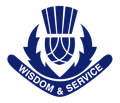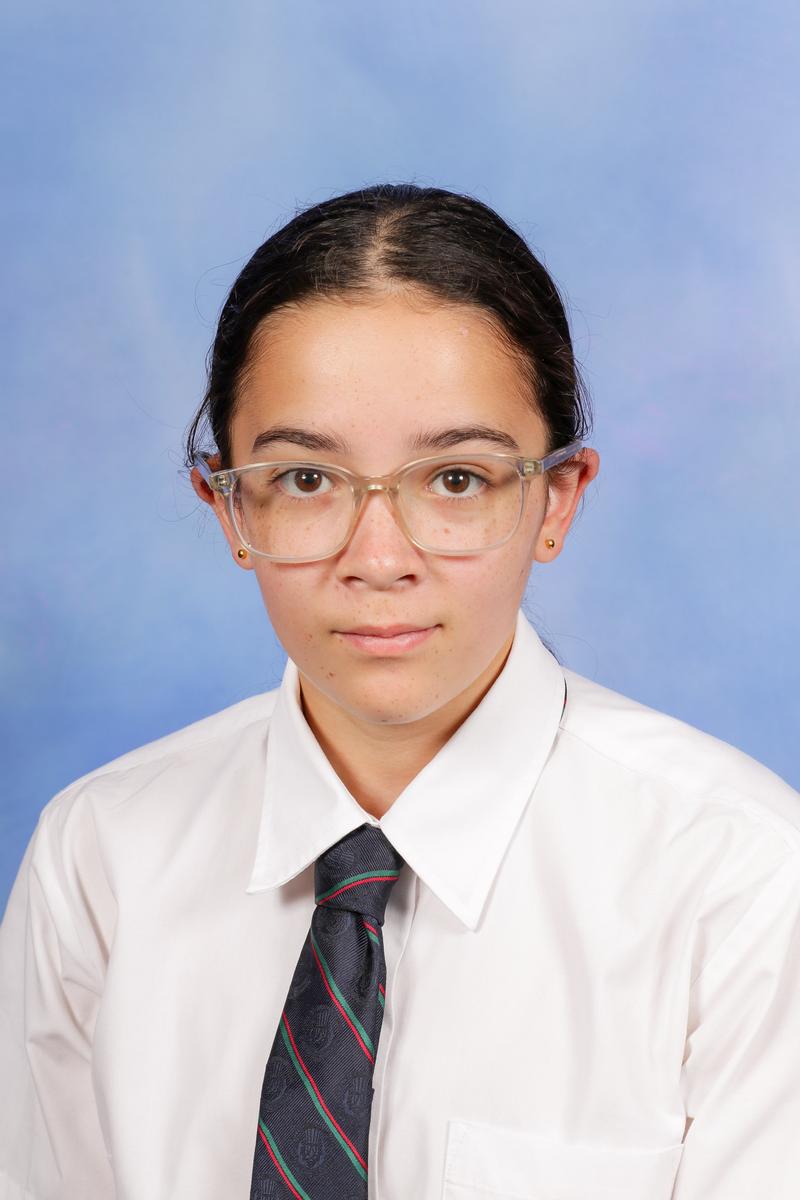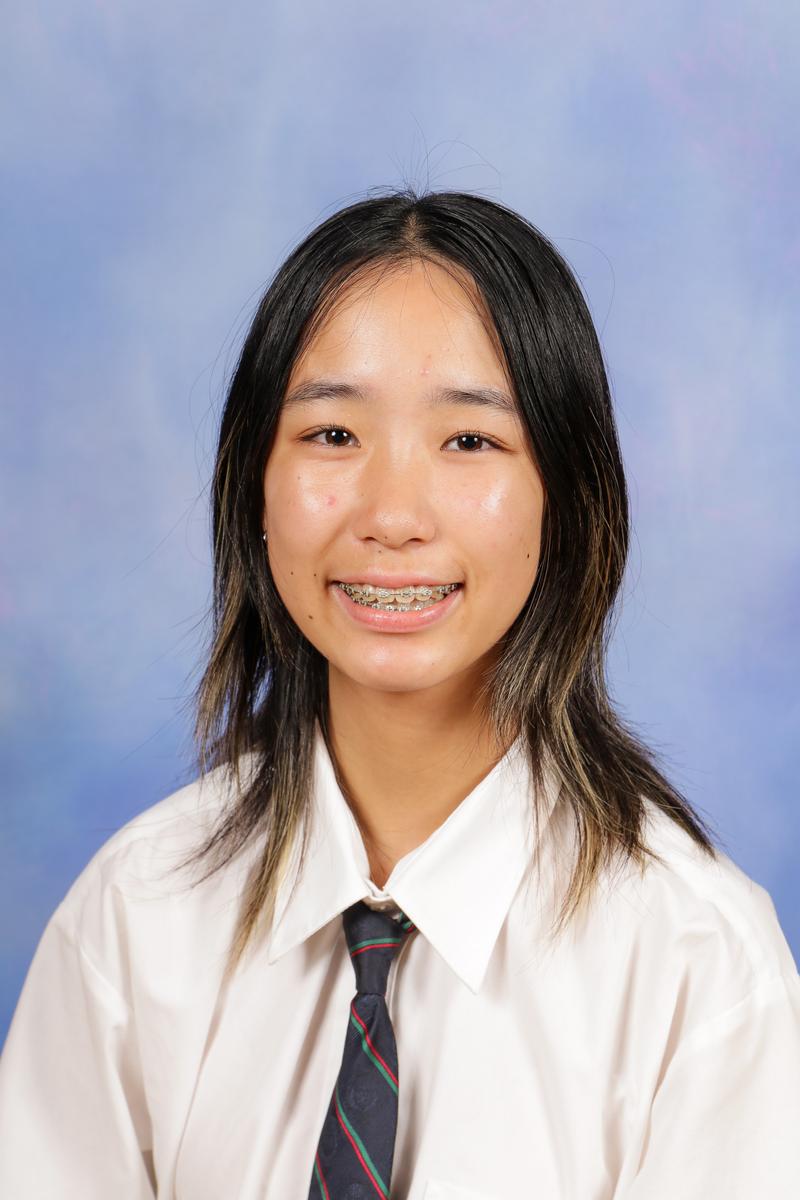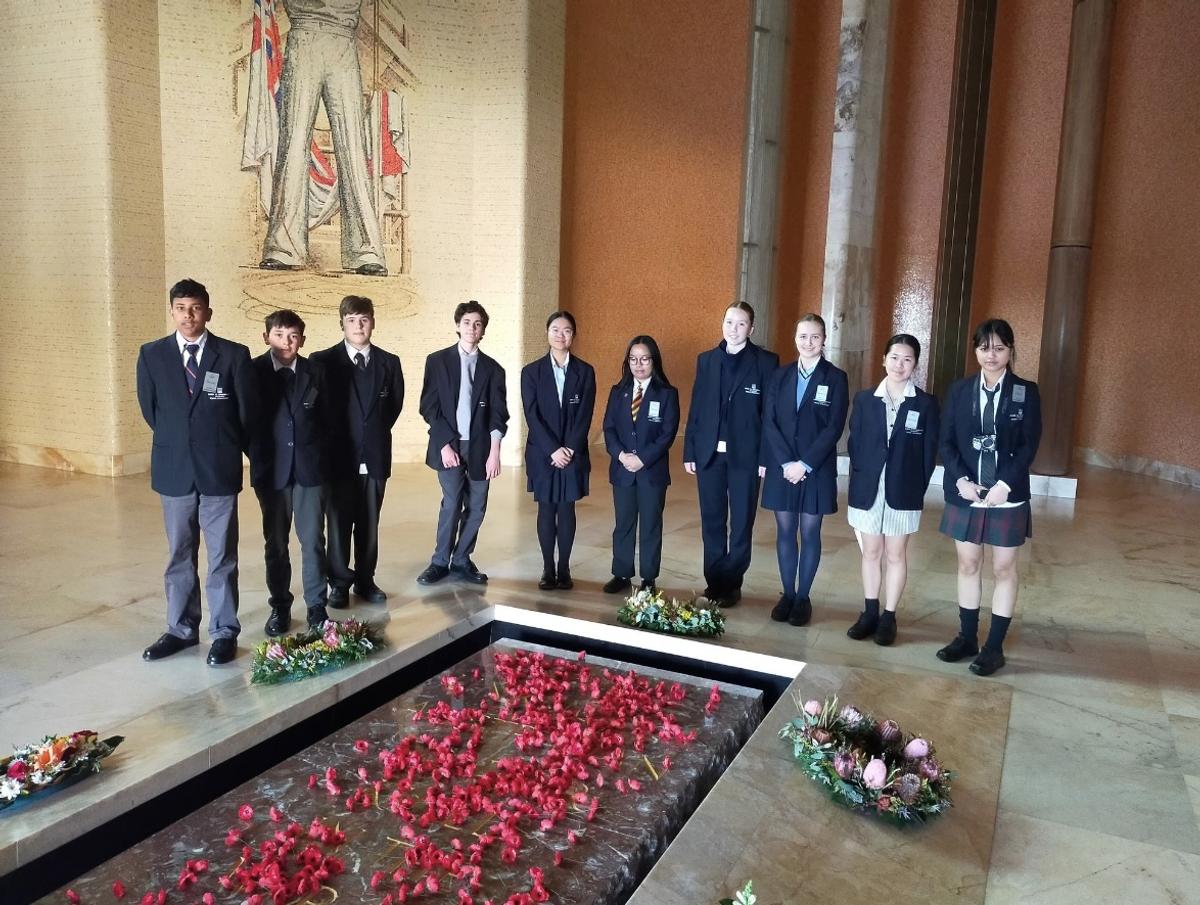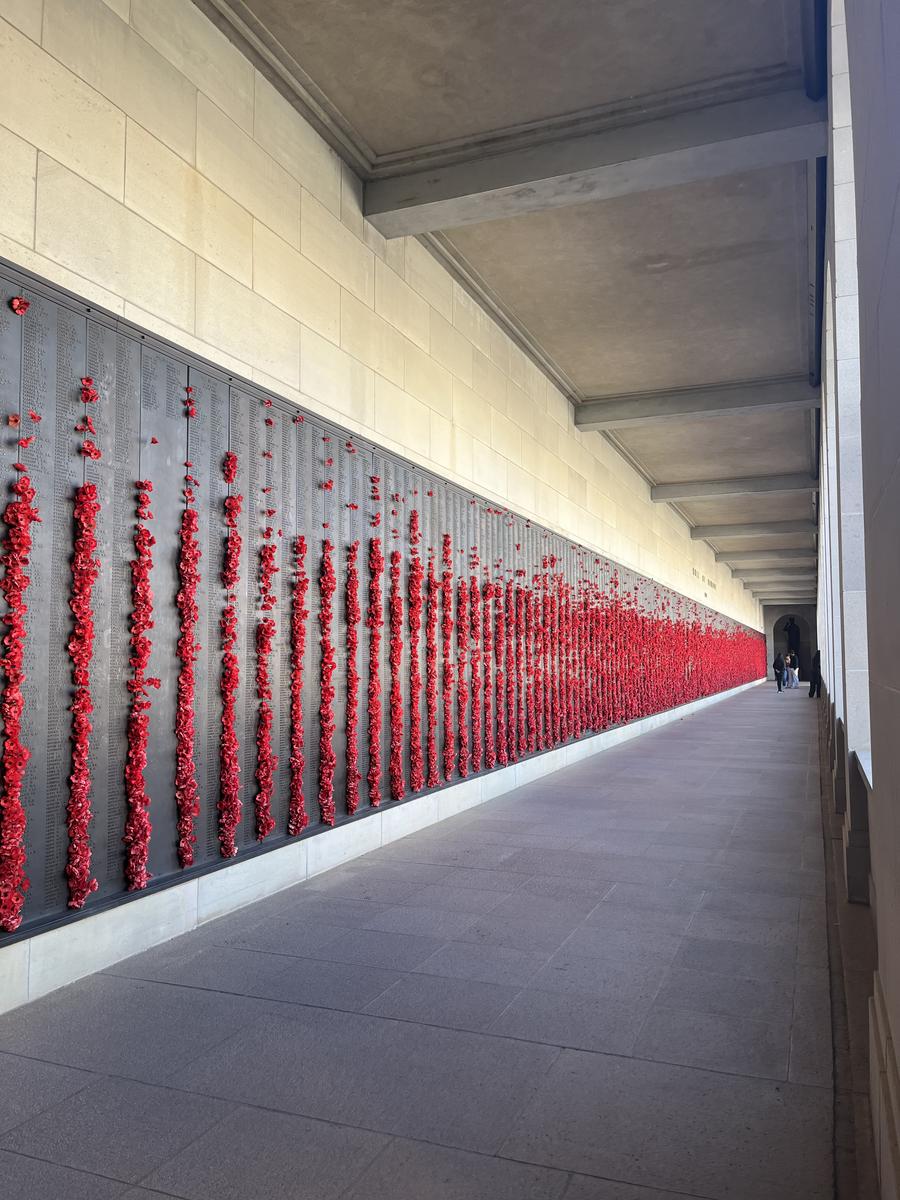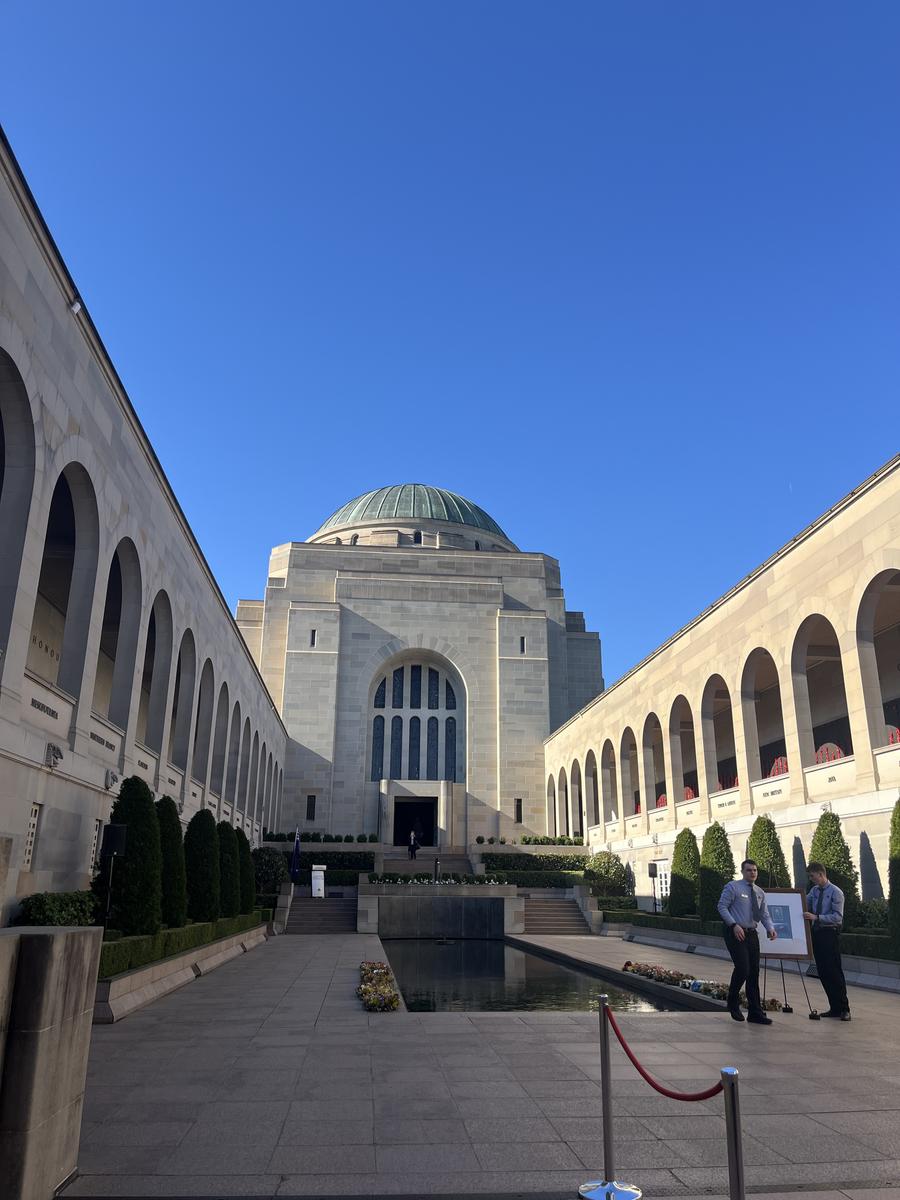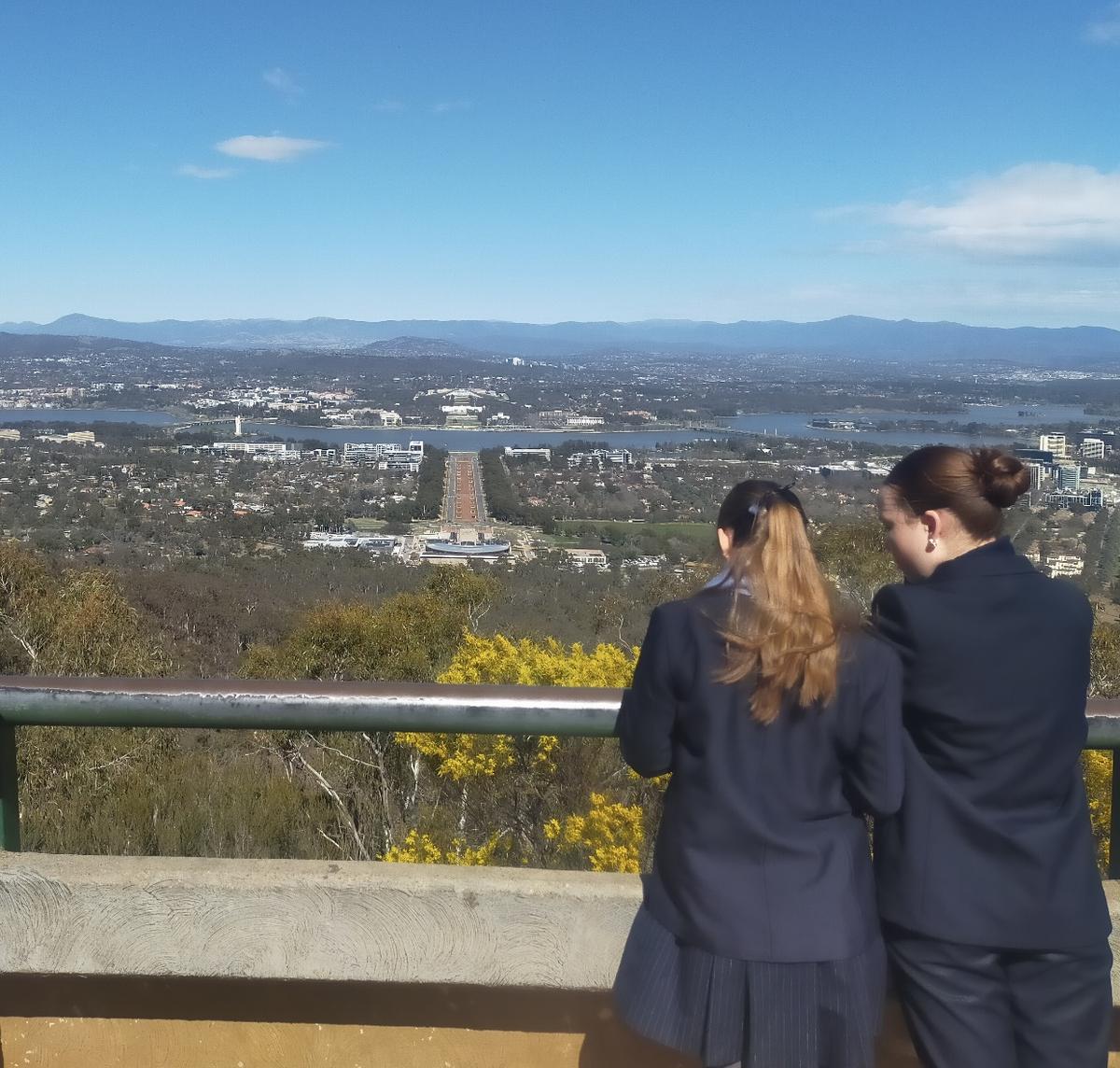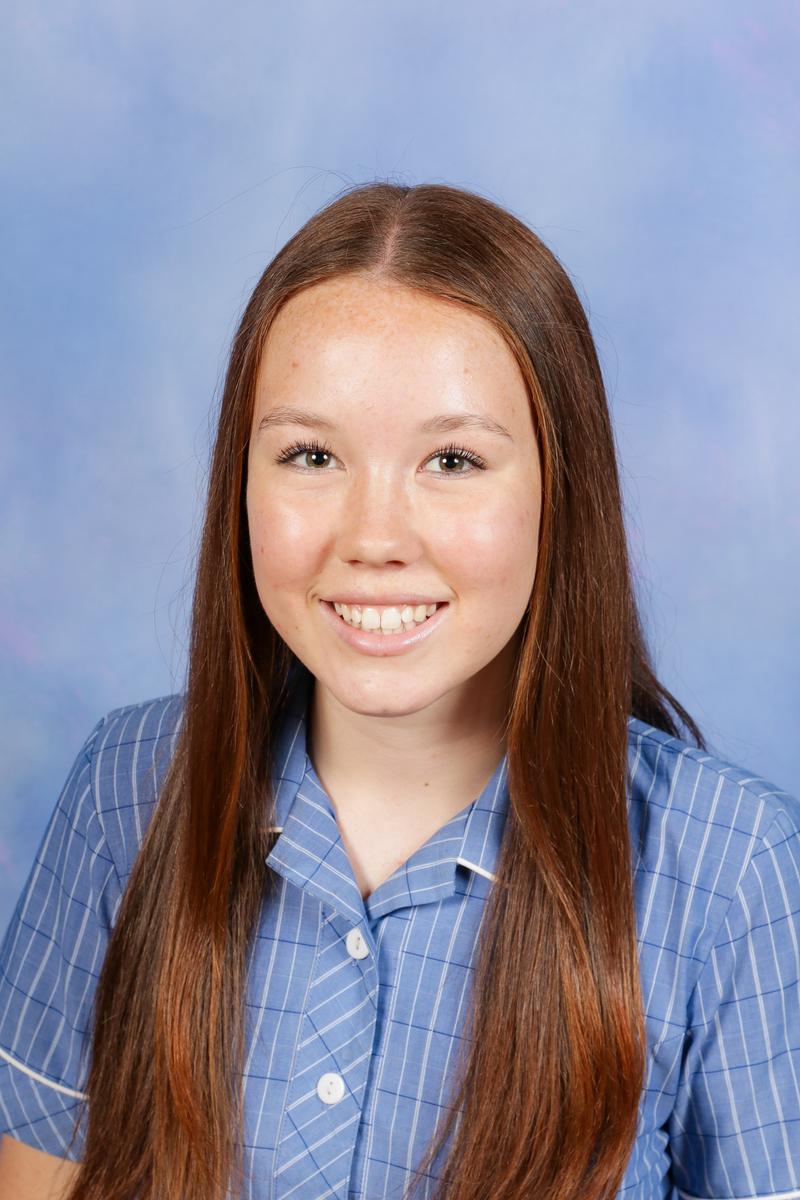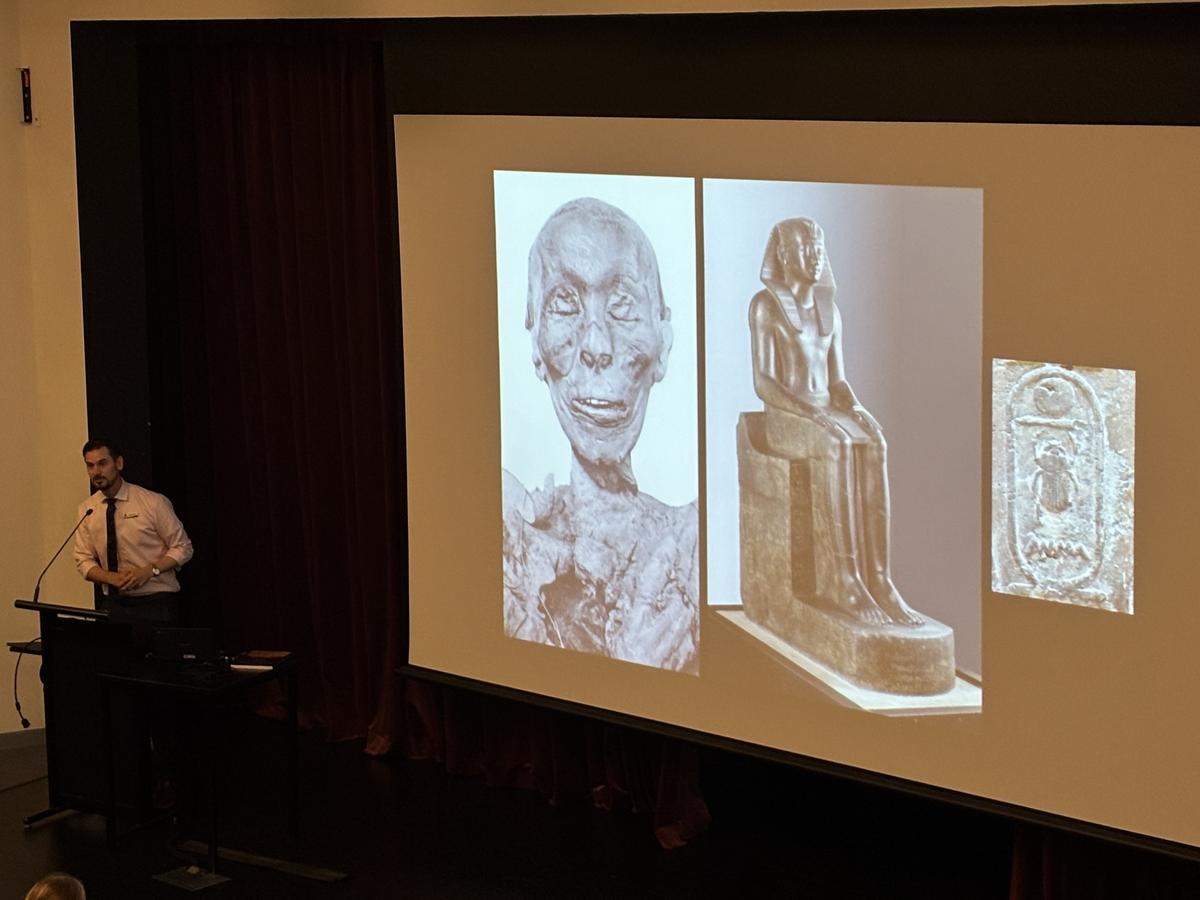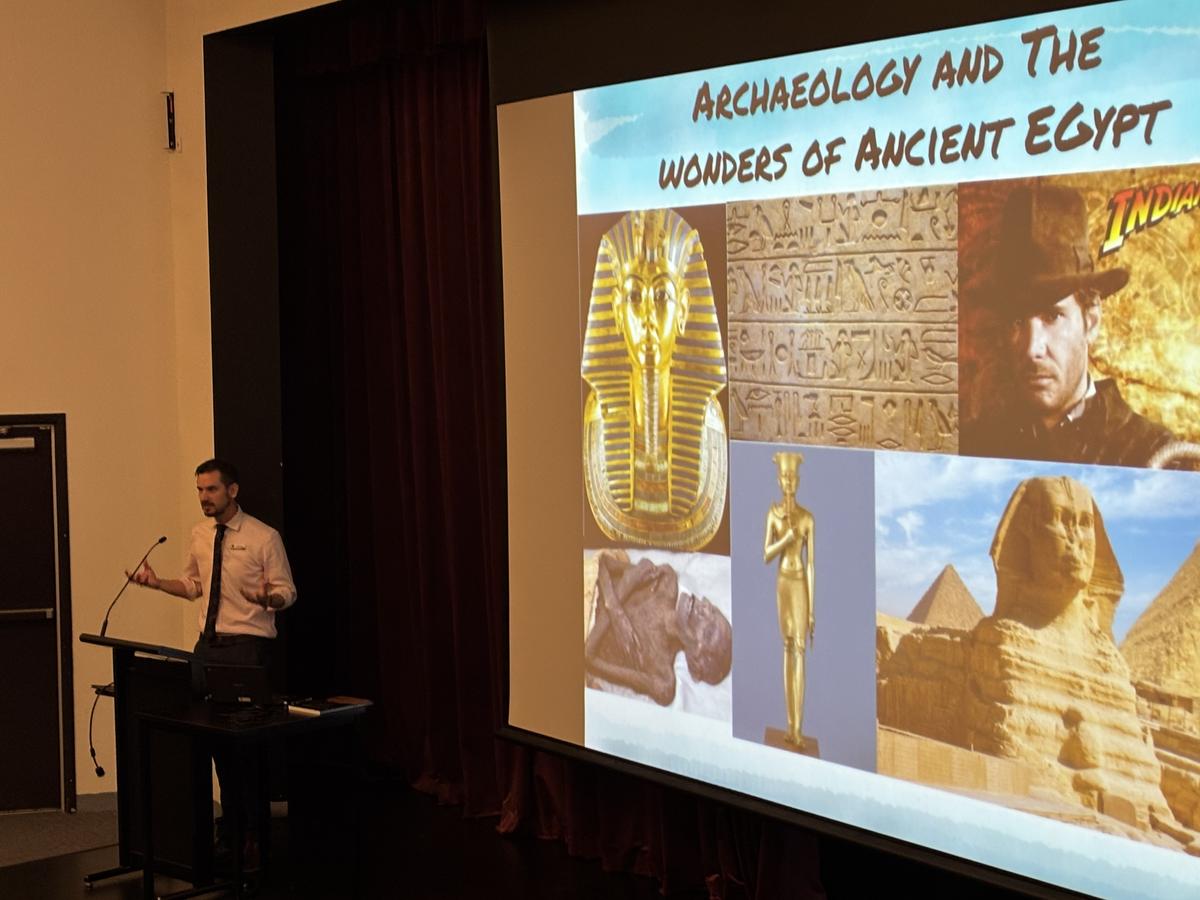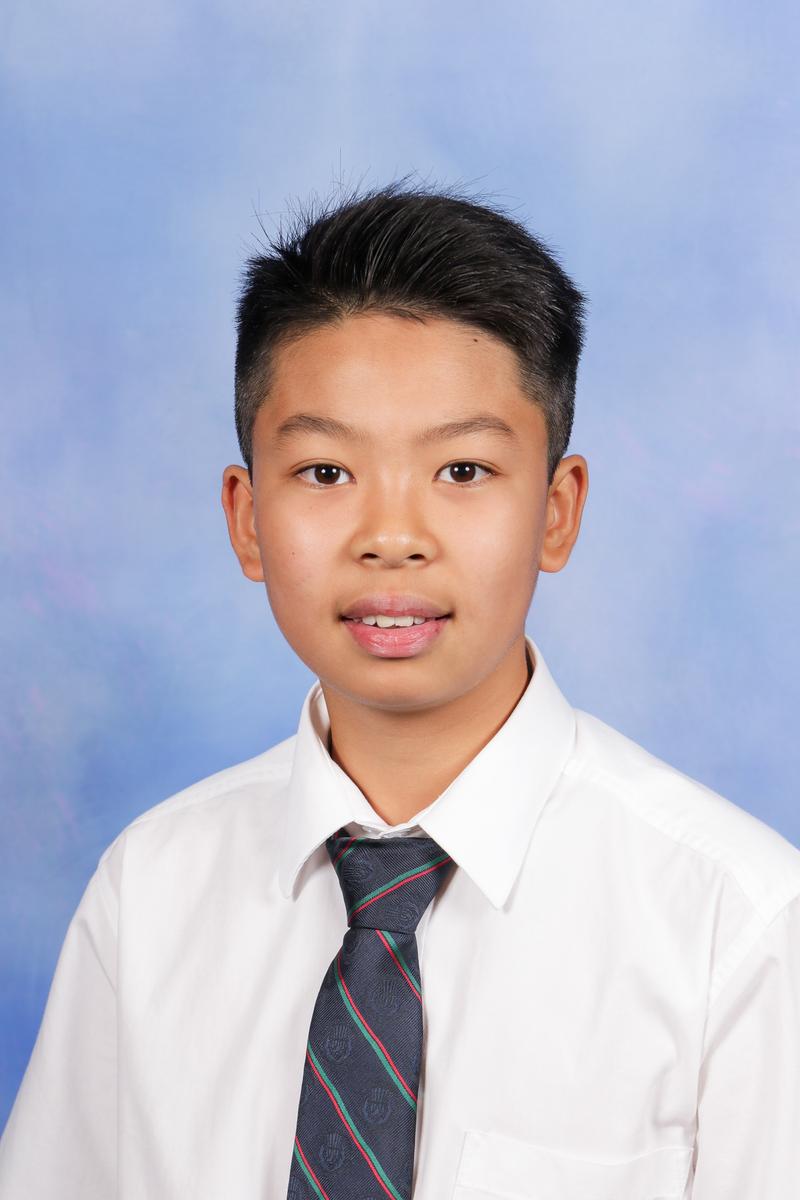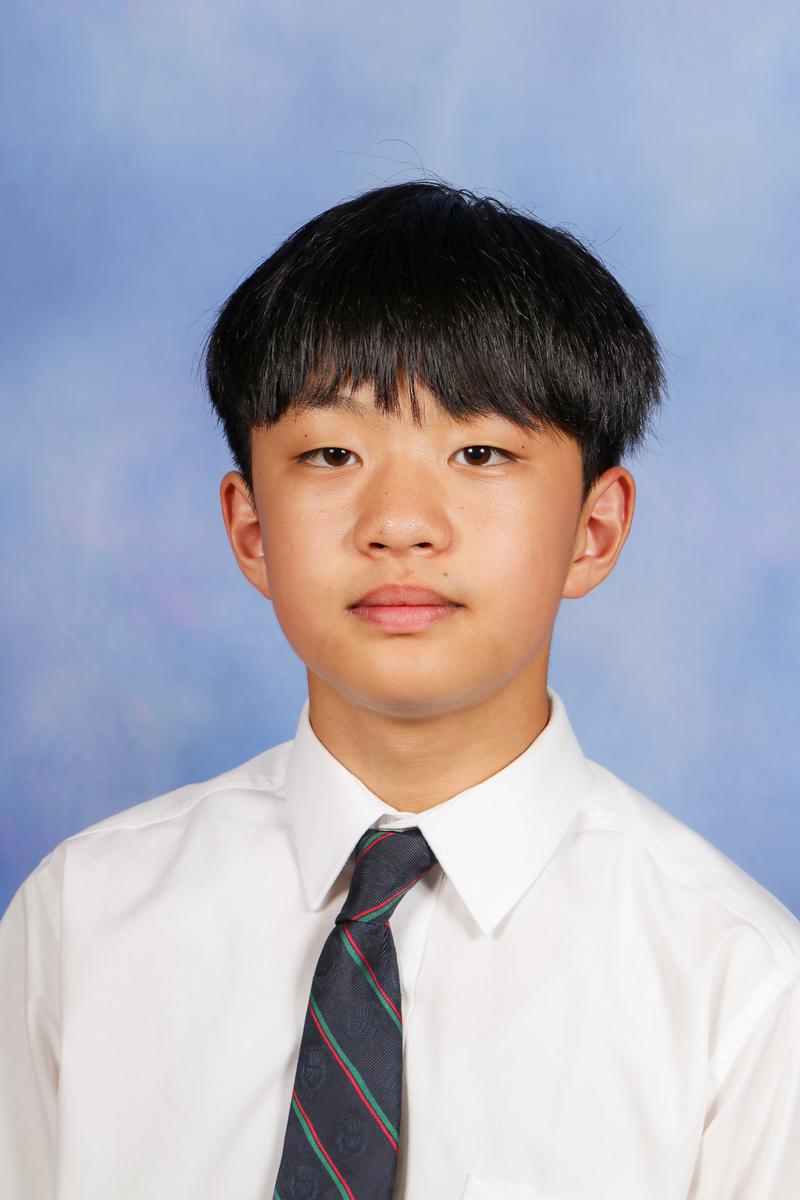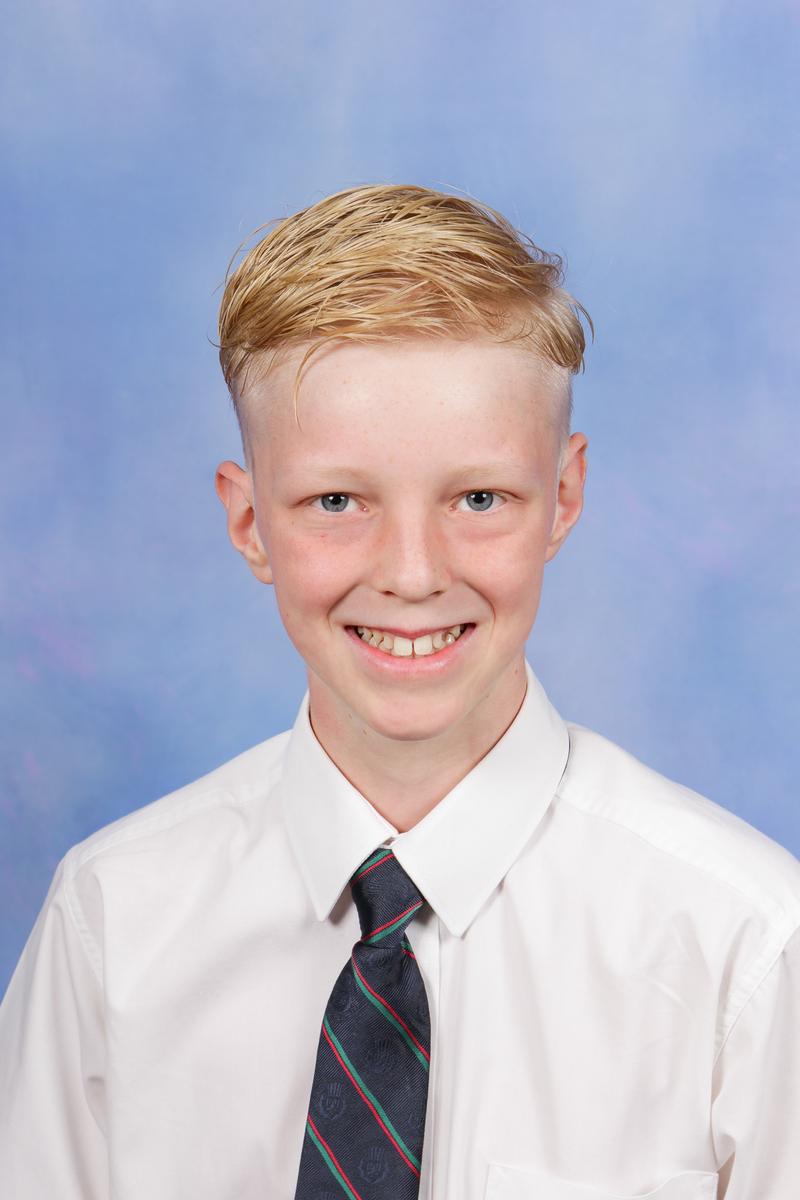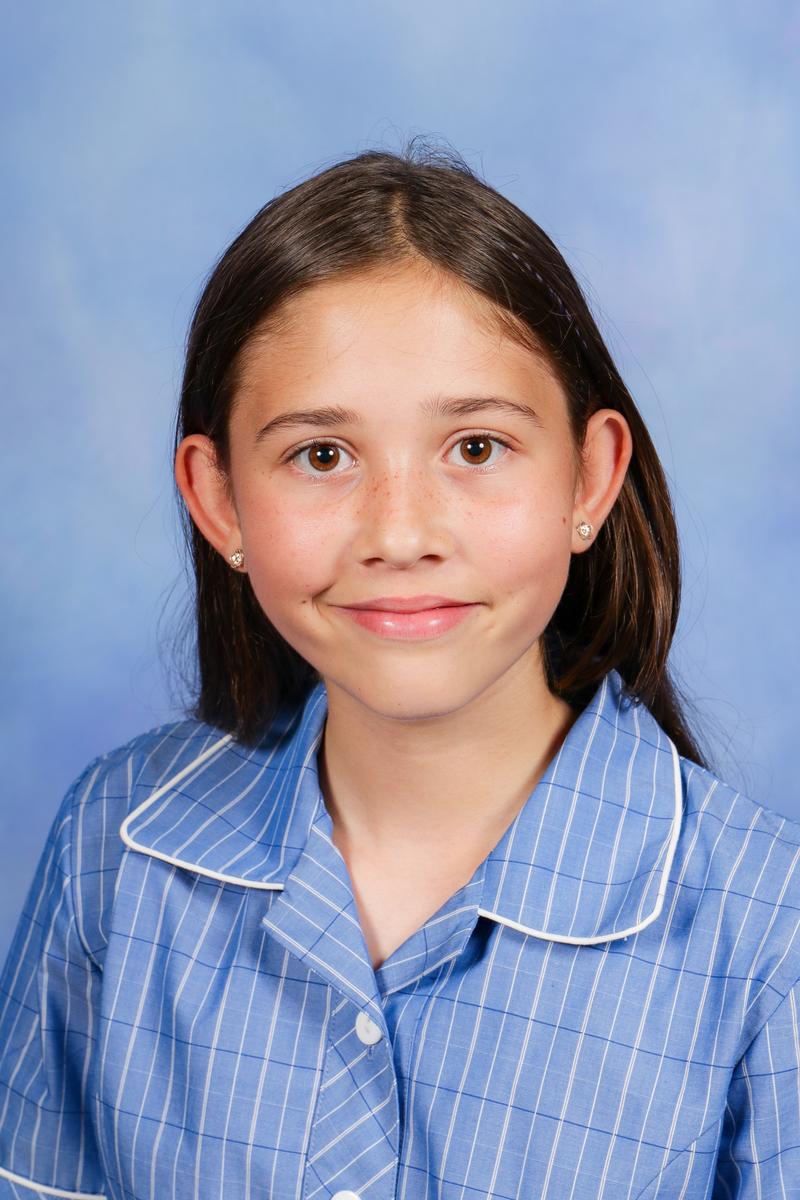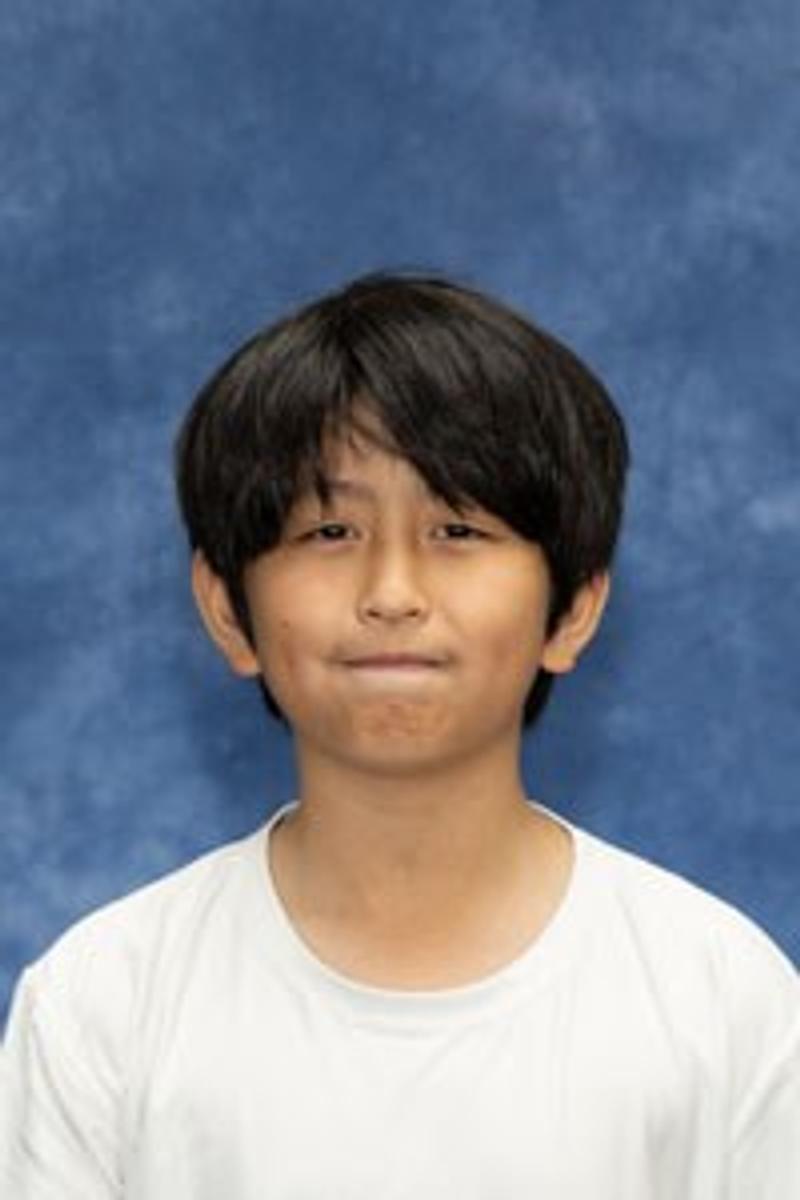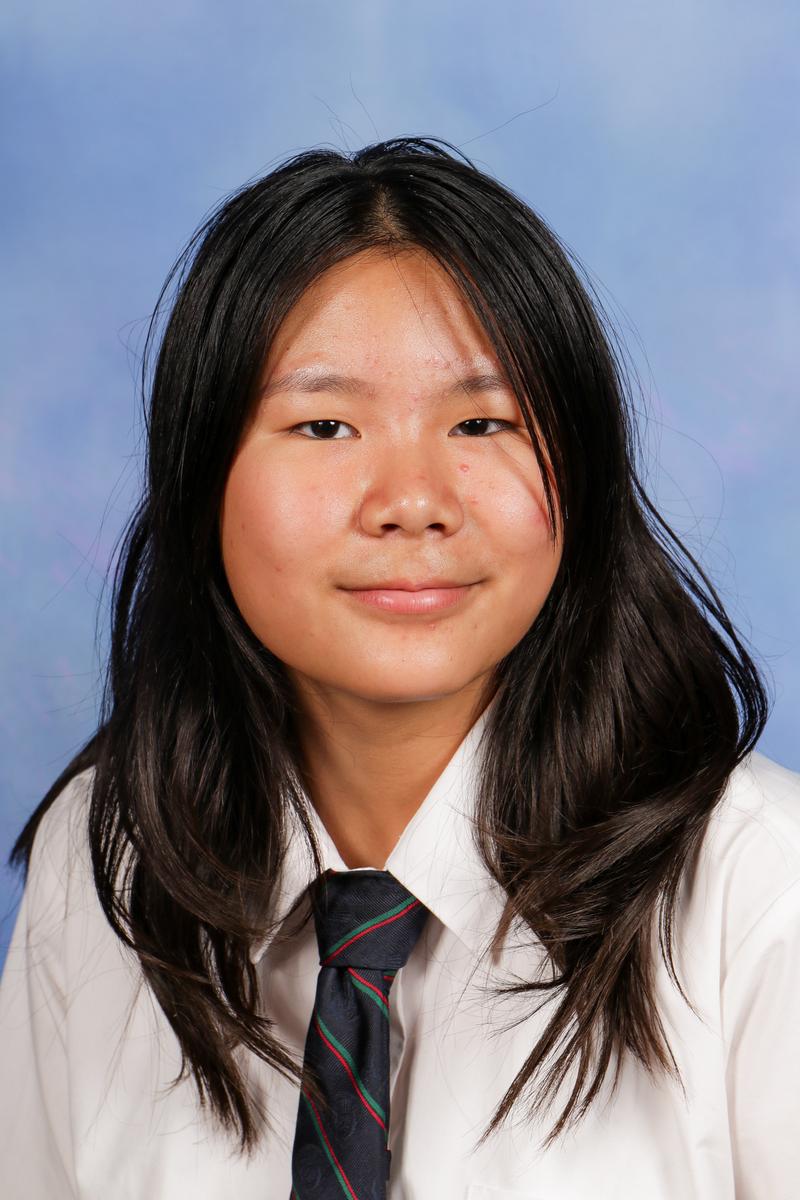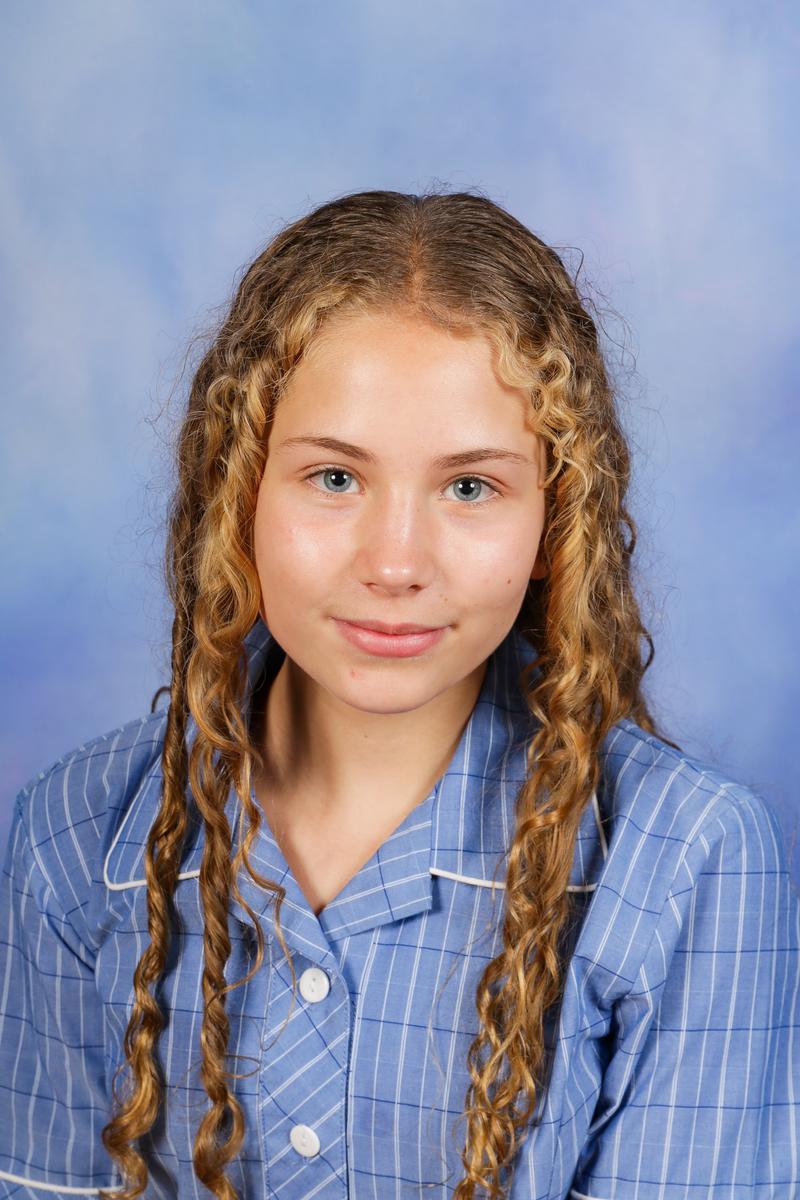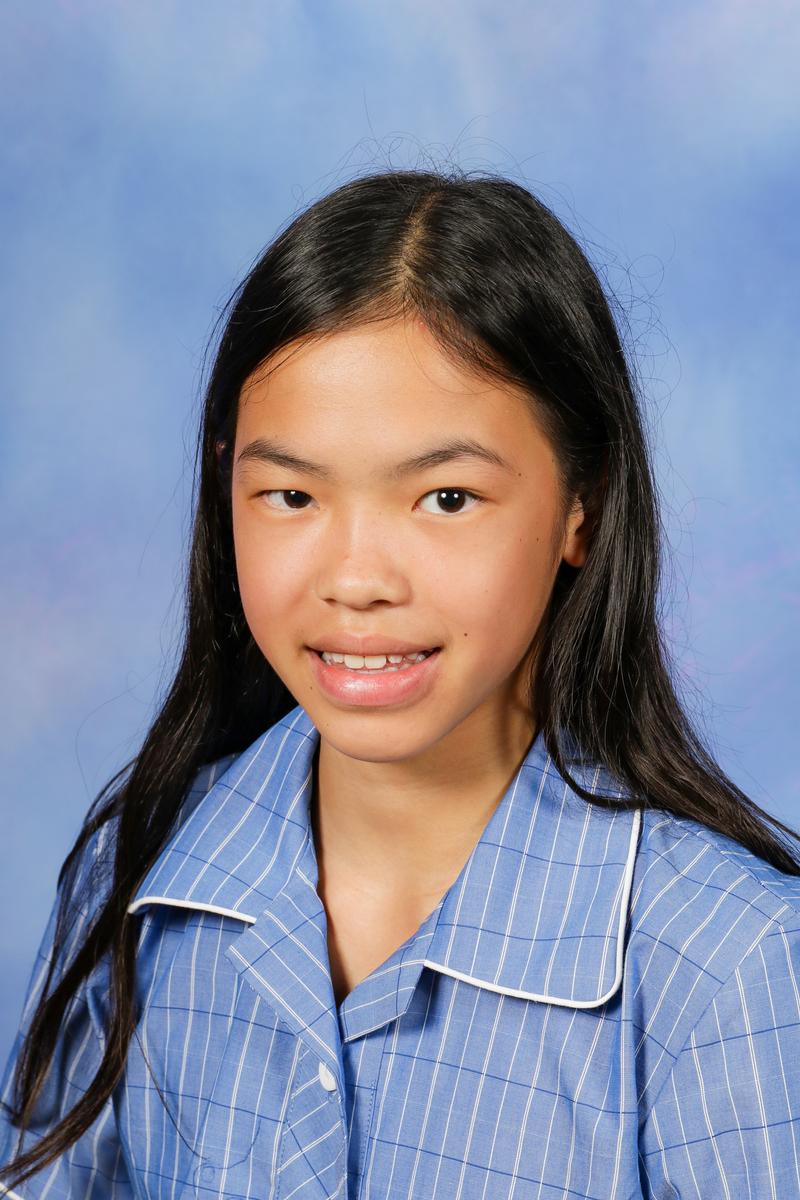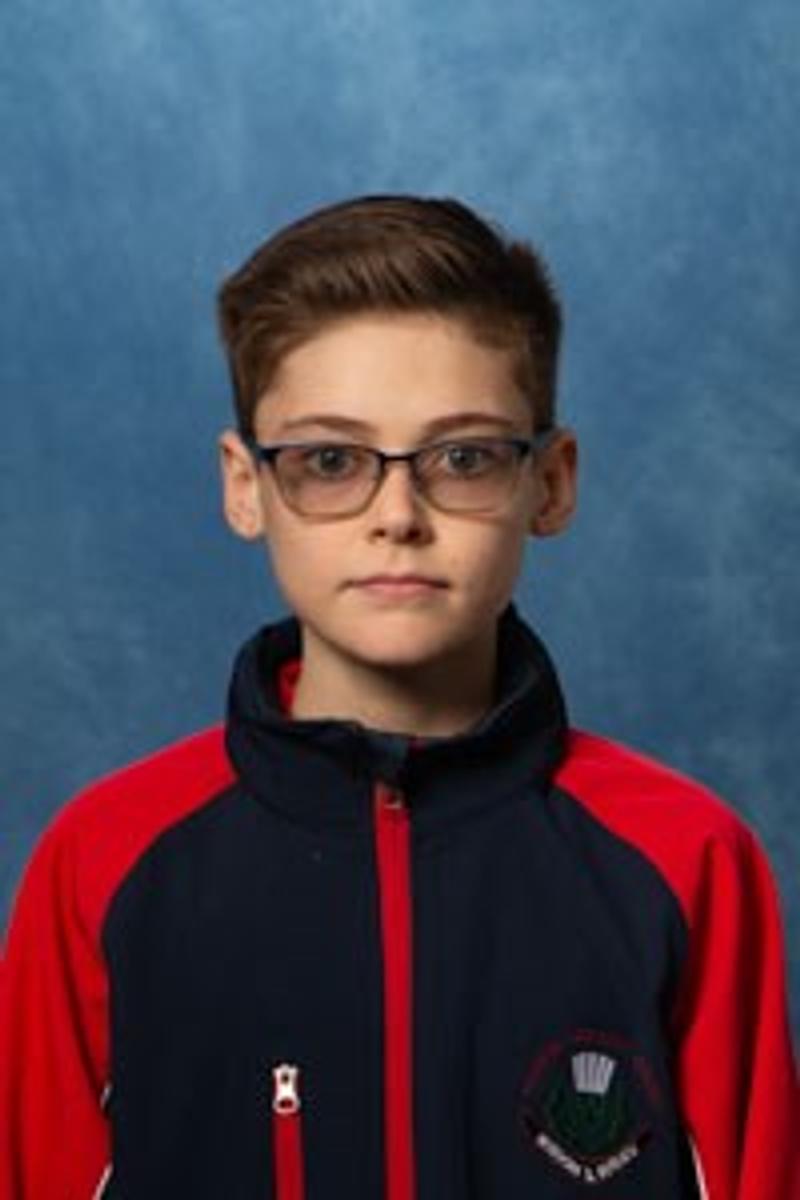HUMANITIES
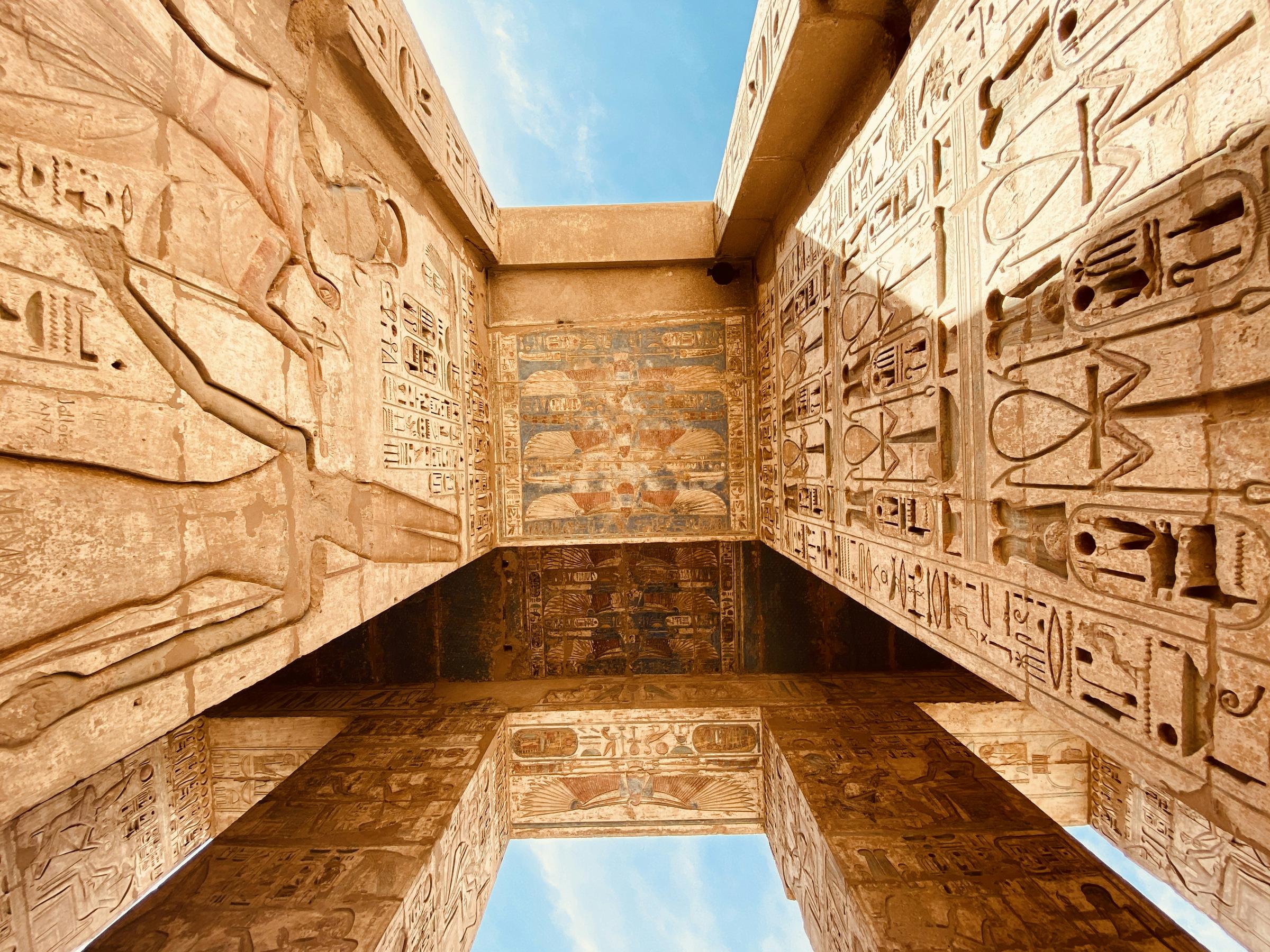
NATIONAL HISTORY CHALLENGE
Last term, students from Years 7 to 12 had the opportunity to participate in the National History Challenge, using research and enquiry-based learning to discover more about the past. In response to this year’s ‘Conflict and Resolution’ theme, students could create a research essay, website, video, virtual museum, or 3D model on a topic of their choosing.
After rigorous testing for all Victorian entries, we are proud to announce that the entries of Arielle Rees (Year 7) and Jade Pang (Year 9) have proceeded to national judging.
Congratulations to all of our entrants, and we hope to see even more entries in 2026!
Caitlin Arneil & Piers Jansen
History Teachers
AUSTRALIAN HISTORY COMPETITION
Last semester, students from Years 7 to 10 had the opportunity to participate in the Australian History Competition, which tested students' historical skills against students from across the country.
We saw some fantastic results, including:
High Distinction:
· Gabriel Eather (Year 7)
· Etaash Jha (Year 8)
· Sidney Silkstone (Year 9)
Distinction:
· Pratham Gupta (Year 7)
· Santhoshi Karthikeyan (Year 7)
· Lina Mikhaylova (Year 7)
· Melinda Shi (Year 7)
· Mark Zagriichuk (Year 7)
· Methan Fernando (Year 8)
· Georgia Newton (Year 8)
· Augustas Buividas (Year 9)
· Elise Dong (Year 9)
· Jasper Gelnay-Breen (Year 9)
· Emilia Jhoomun (Year 9)
· Valerie Leong (Year 9)
· Skye Spooner (Year 9)
· Isaak Lim (Year 10)
We highly recommend students participate in the Australian History Competition in 2026, as well as other History competitions this year to extend their knowledge and further their love for the subject!
Caitlin Arneil, Piers Jansen & Jake Batty
History Teachers
SHRINE OF REMEMBRANCE YOUNG AMBASSADORS PROGRAM
Each year, Melbourne’s Shrine of Remembrance runs a Young Ambassadors Leadership Program for selected Year 9 and 10 students. Students participate in programs and commemorative services at the Shrine, promoting remembrance of and engagement with Australia’s service community and military history. Through this program, students have the opportunity to participate in commemorative services, build leadership skills, connect with the broader community, make friends with students from across the state, and attend an interstate day trip.
Applications for the 2026 program are now open to current Year 9 and 10 students. Please find more information on the Compass newsfeed or contact Miss Arneil. Applications close on the Sunday 2 November.
We are incredibly proud to have two Year 10 students selected in the 2025 program: Maliah Murphy and Jacob Hollingsworth. Maliah has kindly written a reflection on her experiences this year.
Caitlin Arneil
History Teacher
Being a Shrine Young Ambassador this year has been a very meaningful experience. I’ve had the opportunity to work alongside dedicated Shrine staff and volunteers, take part in commemorative services, and learn more about Australia’s history of service and sacrifice.
One of the highlights was our trip to Canberra, where we visited the Australian War Memorial and participated in the Last Post ceremony - a truly moving and memorable experience that deepened my appreciation for remembrance. Through this program, I’ve developed confidence in public speaking, leadership, and teamwork, while forming strong friendships with other ambassadors.
I would highly recommend the Shrine Young Ambassador Program to any student who has an interest in Australian History, wants to develop leadership skills, contribute to their community, and help ensure that the stories of service continue to inspire future generations.
Maliah Murphy
Year 10 Student
DR LONG'S ANCIENT EGYPT TALK
Year 7 History students have recently begun their exciting unit on Ancient Egypt. To review the start to our unit, on Thursday 9 October, our students had the opportunity to hear from Assistant Principal and resident Ancient Egypt expert and archaeologist, Dr Long.
Our Year 7 History classes have since reflected on the talk and have begun to connect the talk to the content we are learning in our unit. We hope that their interest and passion in History continues throughout their years at McKinnon!
The Year 7 History Team
STUDENT REFLECTIONS
Something I found really interesting from Dr Long’s lecture was hearing about his own experiences discovering ancient sites in Egypt. He showed us real photos of building foundations that he had uncovered, which made history feel more real and exciting. He also showed us the ratio between people and huge monuments of the kings, making me feel really small. He helped me better understand how they operated in ancient times and gave me examples of how richer or more powerful people lived compared to poorer, ordinary people.
I thought it was also really cool how he could look at small pieces of stone or symbols and use them to understand how people lived thousands of years ago and how he takes small things like a book of receipts to uncover information. It felt like he was a detective unravelling stories from the past.
Andrew Hoang, Year 7
I was quite interested in listening to how ancient pharaohs ruled the country even when they were of a young age. King Tutankhamun for example became a pharaoh at the age of 8! I can't imagine myself (who is 13 years old) successfully domineering a country, so this seems remarkable to me.
Lauchlan Rhi, Year 7
Dr Long’s talk was super engaging and gave a really clear idea of what it’s like to be an archaeologist. The explanation of the digging process - uncovering artifacts layer by layer, with each layer representing hundreds or even thousands of years - was particularly fascinating. It’s hard to wrap your head around just how long ago that was, and it’s amazing to think about how many more discoveries are still waiting to be made. This process makes archaeology feel like a real-life time machine, and it really highlights why excavation is both interesting and thrilling.
The talk also emphasized how exciting a career in archaeology can be, involving travel, uncovering ancient mysteries, and discovering incredible artifacts. It definitely made me more interested in pursuing archaeology, and I’m sure others felt the same way. Dr Long did an outstanding job, and we’re all very grateful that he took the time to share his knowledge and experiences with us.
Benji Sherr, Year 7
I was very excited about Dr Long’s lecture, and it was so interesting. I really enjoyed learning about his time in Egypt and how he excavated the two buildings. It was good to learn more about the less well-known areas of Egypt. It was also interesting to see the bed that he slept in as it was so small and it really showed how we can really be grateful for what we have. I loved the Indiana Jones scene at the start because I also love those movies.
Asher D’Souza, Year 7
From Dr Long’s lecture, I was stunned to see big structures built in Ancient Egypt compared to human size. For example, the Great Pyramid of Giza, which was built by 2 million white limestones, the pyramid is at least at 80 people height, which is a stunning number. I also found the valley of kings interesting, the pharaohs buried in there with huge amounts of gold, but sadly the amount of gold in the Valley of Kings attracted all the robbers to rob their tomb by bribing guards guarding the valley of kings.
Overall, Dr Long’s lecture was extremely fascinating and interesting, seeing an archaeologist presenting to us is a great pleasure. I hope Dr Long gives us more lectures like this one.
Jayden Choi, Year 7
During Dr Long's lecture today, I found the part when he went to Egypt to excavate ancient ruins the most interesting. Due to the fact that they found a well-preserved house with wallpaper that the city's mayor probably resided, and another house that belonged to commoners was only 500m away. Both houses had artefacts such as pottery, figurines and objects. It fascinated me how people from thousands of years ago still had so many similarities to modern day humans. Not only that, Dr Long also touched on topics like archaeologists finding books that helped relate ancient Egyptians more to us, like finding a book that was basically receipts!
Bella Chen, Year 7
It was astonishing listening to Dr Long speak about his hands-on experience as an archaeologist working in Ancient Egypt! I found most interesting the house he uncovered with around 200 rooms; seeing the gorgeous well kept, decorated walls dazzled me. Especially because this was thought to be a noble’s house! Seeing how nobles or government might have lived is spectacular. But that wasn't anything compared to how I learnt what it is like to excavate in Egypt! For example, the process is to employ local farmers to help excavate, taking photos so that they can have other archaeologists look at the artefacts without damaging them or disrupting the protected seal that the sand offers. This is why I now know they re-cover finds like this, so delicate artefacts are safe and there are photos of everything you need!
Hearing a real archaeologist who has seen Egypt and helped us to find more about what our ancient world looked like was crazy. My favourite though was the accountant's handbook; it may be boring to some, but this shows us how Egyptians worked and wrote. It was a truly special experience.
Holly Lewis, Year 7
The presentation presented by Dr Long was overall really interesting and fun. He taught us about the Nile River located in Egypt. It was very fascinating how long the Nile River is. Then Dr Long showed us times when he worked with Monash University and excavated a site in rural Egypt. He then showed us how the team discovered two unique houses that were buried in the sand. The two houses were completely different to each other, one of them seemed like the owner was in the working class whereas the second house they discovered was very luxurious with over 200 rooms and they assumed the owner was a lawyer of some sort. In conclusion the talk was very surprising and inspiring. Thank you, Dr Long for showing us this wonderful presentation.
Zoe Tan, Year 7
Something that I thought that was very interesting from Dr Long’s presentation is that they used broken pottery on their temples as a kind of base/foundation for the temples and I also found it interesting that they purified the site with a yellow sand before building the temples. I also found it interesting to learn about the difference between the poor and the rich people of Egypt and how some had better houses and larger rooms than others. I also found the Valley of the Kings very interesting and how they resorted to burying the kings in tombs below ground to avoid tomb robbers from stealing the gold and treasures of the Pharaoh.
Jenson Wilson, Year 7
